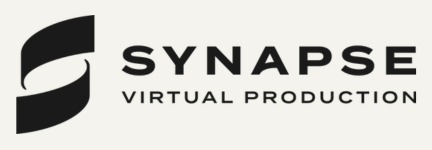
Positive Perception Emerges as Key Attribute for Driving Brand Performance on Social Platforms

MAGNA and Pinterest release illuminating new research that explores the links between ad environment attributes and brand outcomes on social platforms. This study centers users’ emotions as core data to inform media planning and drive brand alignment. The robust research project measures brand impact, unconscious neuro-metric response, and sales impact through marketing mix modeling (MMM) to provide comprehensive insights for advertisers, who are relentlessly focused on KPIs and adapting to the changing media landscape.
The report – ‘Positivity Performs: Ad Environments’ Critical Role in Media Planning’ – demonstrates that people’s perception of their experience on a social platform truly matters. Platforms viewed as positive can amplify advertising performance on key metrics including boosting purchase intent (+35%), brand favourability (+49%) and brand preference (+44%). In fact, Positivity outperforms the Creativity and Entertainment attributes in these areas. Regardless of industry vertical or price point, environments that respondents consider to be positive make a difference. People trust (2x) and like (1.5x) the exact same ad more when they feel positively about the environment, compared to when they don’t, and are up to 94% more likely to buy the product or service during future shopping.
“We understand advertisers are all seeking a competitive edge in today’s marketplace, and we believe this research represents a fresh opportunity for where to find it,” said Kara Manatt, EVP, intelligence solutions, MAGNA. “This ambitious study shows what audiences may experience whenever they log on to positive social media, how that impacts brands, and why prioritising this could benefit both.”
Key Findings:
● Brands have an opportunity to look beyond the leading attributes of trust and safety to consider positivity as a key component for decision-making on media investments.
● Creative works harder for brands in positively viewed environments, meaning budget conscious advertisers could adjust and use this in their media strategy and planning now.
● People surveyed were 20% more emotionally engaged with content they saw on platforms they perceived as positive.
● On average people spent 15% more time looking at ads and had more “lean forward” moments in environments they perceived as positive.
● In the MMM simulations, the same creative and finite budget generated up to 24% more sales when brands incorporated viewability and positivity in their media buying strategy.
“This research shows that consumers don’t just prefer platforms that drive a positive experience, like Pinterest, but they’re more likely to take action and engage with ads they see in these environments,” said Beth Horn, MD of Pinterest UK. “We’ve quantified the impact of metrics like engagement, trustworthiness, intent, and bottom-line results, to demonstrate that brands no longer have to choose between a positive platform and one that performs—they can be one and the same.”
How Can Advertisers Get Started Right Now:
● Know your audience: Advertisers could get to know what positivity means for their desired audience and build a definition that best aligns with their experiences and expectations.
● Use contextual targeting: Consider using contextual targeting tools to identify content likely to be viewed as positive and uplifting by your target audience and advertise alongside it.
● Build better brand alignment: Communicate and collaborate with the partners, agencies, and vendors in your ecosystem about what types of content, platforms, and publishers best align with your brand and prioritise including them in media planning and buying for ads.
For more information and to read the full MAGNA Media Trials report, please click the link here.












